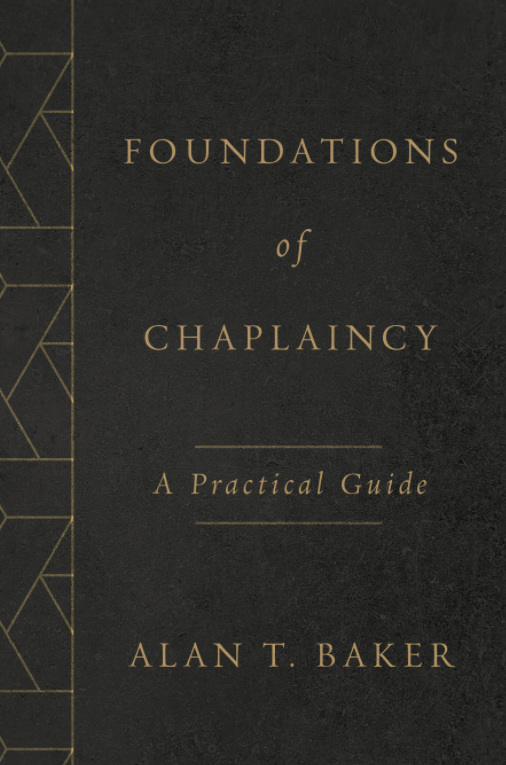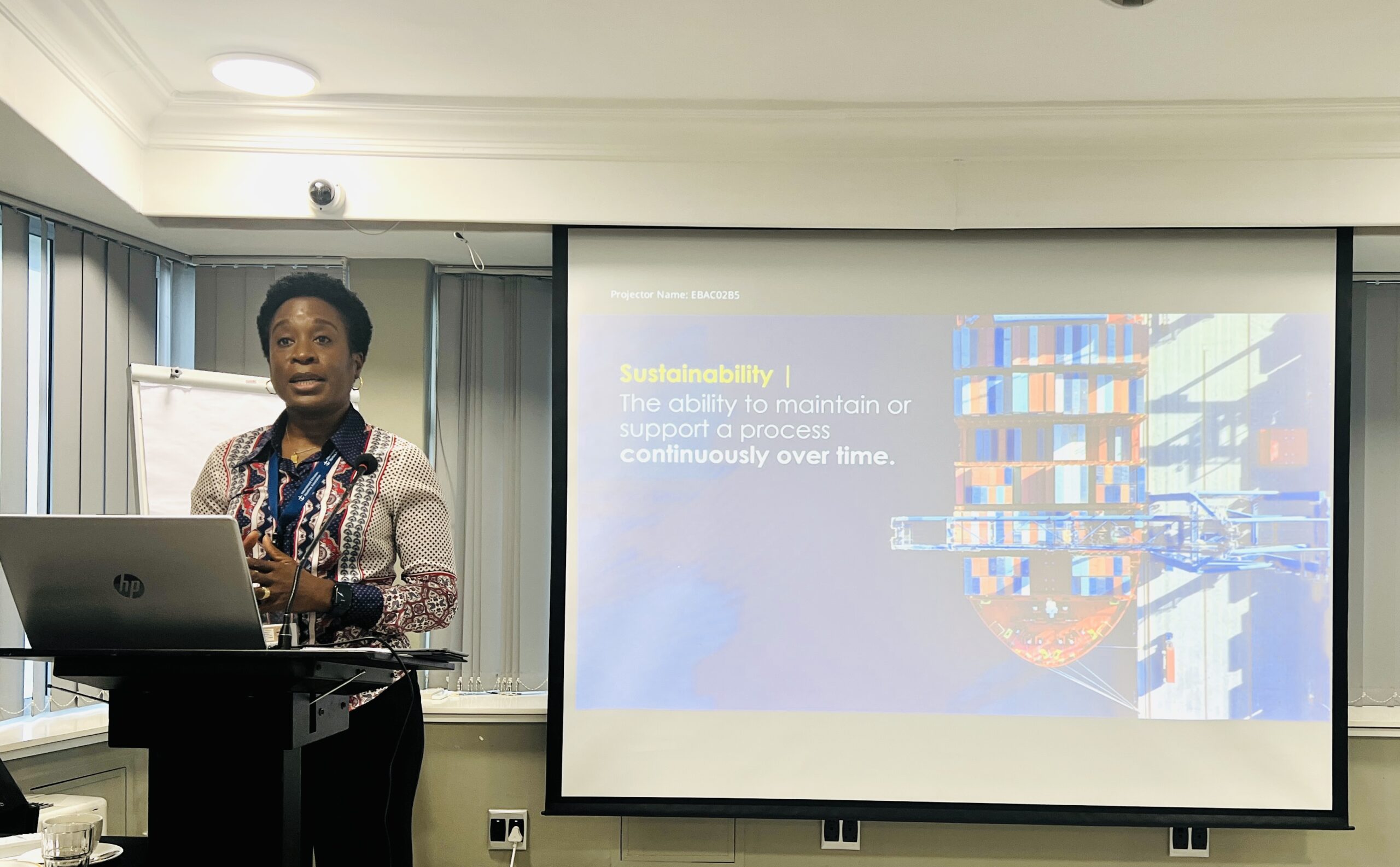Alan T. Baker, Foundations of Chaplaincy: A Practical Guide. Eerdmans, 2021.
Foundations of Chaplaincy by Alan T. Baker fills a gap in literature about chaplaincy that can benefit a wide range of readers, including those in maritime ministry. Though there are other great books on chaplaincy, they often are geared more specifically to those in health care or the military where there are clearer expectations for credentials and reporting. Chaplaincy in the lesser-known fields, especially maritime ministry, can look markedly different than more structured chaplaincy and with vastly different requirements. Baker’s book helps find the beating heart of chaplaincy, but also recognizes the substantial diversity in practice. As Baker explains, “The goal of this primer is to prepare you for any chaplaincy, no matter the setting.” (2)
Though he mentions maritime ministry only sparsely in the book, his experience is considerably deeper. Baker is best known as the Chaplain of the Marine Corps, retiring with the rank of Rear Admiral in 2009. He was subsequently on staff at Menlo Park Presbyterian Church, and is currently principal of Strategic Foundations. In this substantial career, Baker served as a chaplain in the U.S. Coast Guard, on cruise line Holland America, in cargo shipping with Lykes Lines, and was chaplain aboard U.S. Military Sealift Command SS Curtiss (T-AVB-4). Baker’s broad experience, including this specifically maritime experience, helps nuance the book and make it useful for those in maritime ministry as well.
The book is divided into six chapters that include an introduction and conclusion and four central chapters that capture the key chaplaincy capabilities, including provider, facilitator, caregiver, and advisor.
The introduction locates chaplaincy as the “most exciting and fastest-growing segment of specialized ministry”(1). As Baker explains, “while local-church models typically reinforce a wagon-wheel approach, where the pastor remains at the center and the outside community follows the spokes inward, chaplains invert the wagon-wheel model by providing their presence where people live and work along the outer wheel rim.”(1) Yet, this “ministry of presence” to people outside of a church is not static, but dynamic: “Chaplaincy is ministry in motion.” (1) Baker claims: “More than anything else, chaplaincy is being present among those you serve: crying, laughing, worshipping, celebrating, mourning, storytelling, and comforting.” (1)
The capabilities of chaplaincy are at the heart of Baker’s book. A first is as provider of religious ministry according to the chaplain’s faith tradition. Provision of worship, sacraments, bible study or religious education make it similar to traditional church pastoring, but the context makes it different. The second capability is that of facilitator for those who practice different faiths. A chaplain needs to facilitate those who don’t identify with them, but nevertheless have specific religious requirements or needs. A third capability is care, which, Baker states is the essence of chaplaincy, and the one activity that all receive. This can be pastoral care, but also counseling or coaching. Finally, chaplains can serve as advisors to the leadership of the organization. The advice might be specifically on matters of religion, but also other moral, ethical and humanitarian concerns.
The “ministry of presence” concept for Baker is not to sit around and wait for ministry to happen, but to be active: “The good work of chaplaincy radiates a ministry of presence back to the person by asking, ‘How can I serve you?’” (17) He clarifies the chaplain’s office might not be the best place to meet people: “Chaplaincy is not building centered. While chaplains probably have an office, it is typically not the primary place for ministry. Chaplains remember: people don’t walk to you; you walk to people.” (54) Yet, chaplaincy is not about unfocused roaming: “Proximity and availability are core values for flourishing chaplains…For a chaplain, nothing replaces the important need of merely being present with one’s people.” (103)
Baker’s book has a great deal of useful practical advice for those in ecumenical and interfaith contexts. He highlights the importance of being experienced in one’s own local church: “Once you become a chaplain, it is essential to sustain relationships within your faith community.” (51) He warns, “A chaplain who is not well grounded in the traditions and practices of his faith group is frequently a liability to the hiring organization.” (51) There are practical ways to be faithful to your sending organization and also coherent in the institution in which you serve.
Though the book is introductory in nature, a few issues might have merited some extra paragraphs. More elaboration on the challenges of “proselytism,” its definition, and its relationship to discipleship or evangelism might have been helpful (see pages 97, 155 and 236). Though the distinction between pastors and chaplains is given significant space in chapter 1, very little is said in any part of the book to compare chaplains with those called missionaries or evangelists. Also, the book focuses mostly on the context of chaplaincy in the United States. It can be read with much profit by those in other countries, but some discussion of how chaplaincy functions in Canada, the UK, Europe or other regions would have made the book even more impactful.
Overall, the book is a wonderful, clear introduction to the nature and work of chaplains, one that should be read by new or aspiring chaplains in maritime ministry as well.
The book is available to order here.
Review by Jason Zuidema, NAMMA




